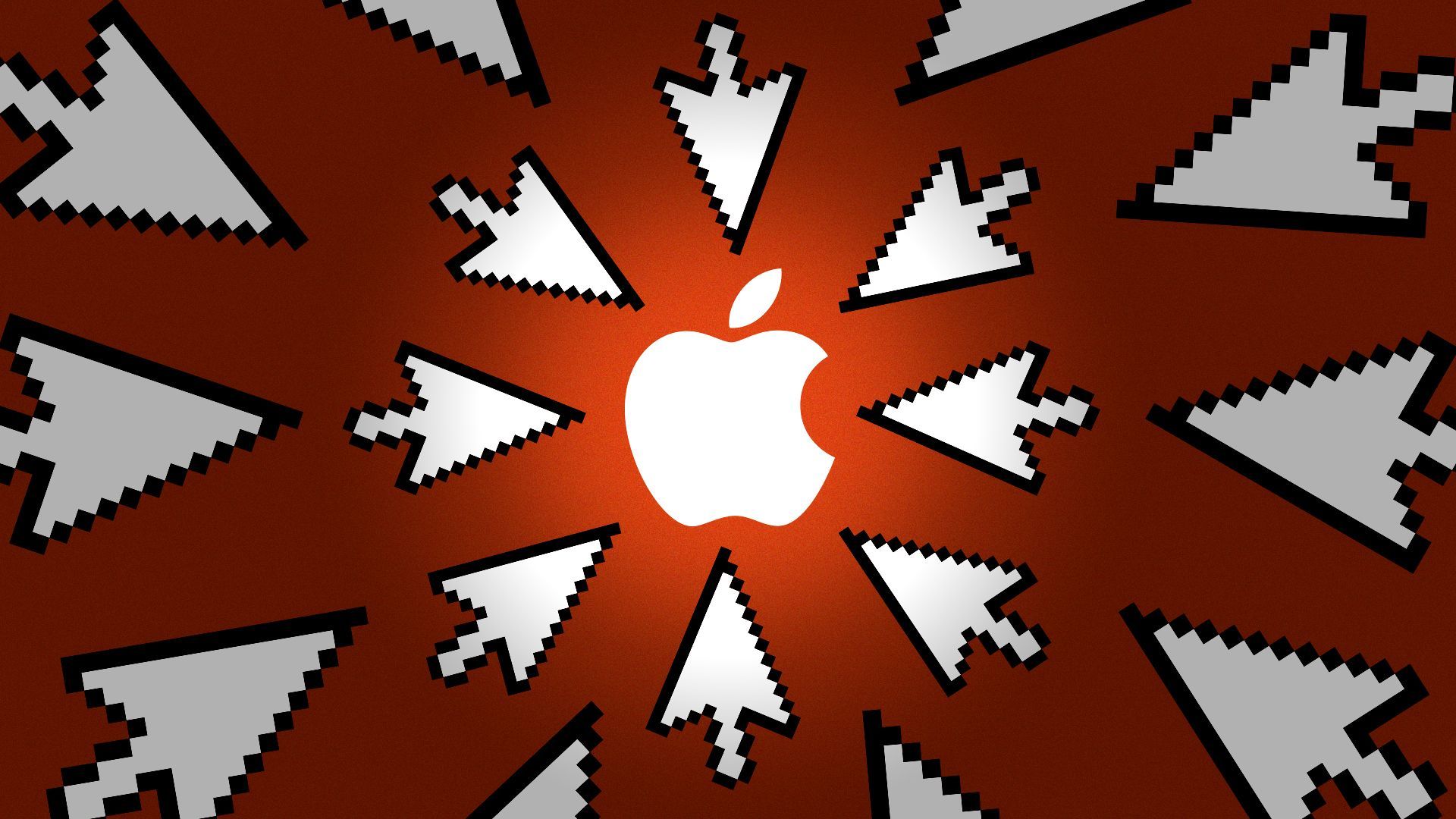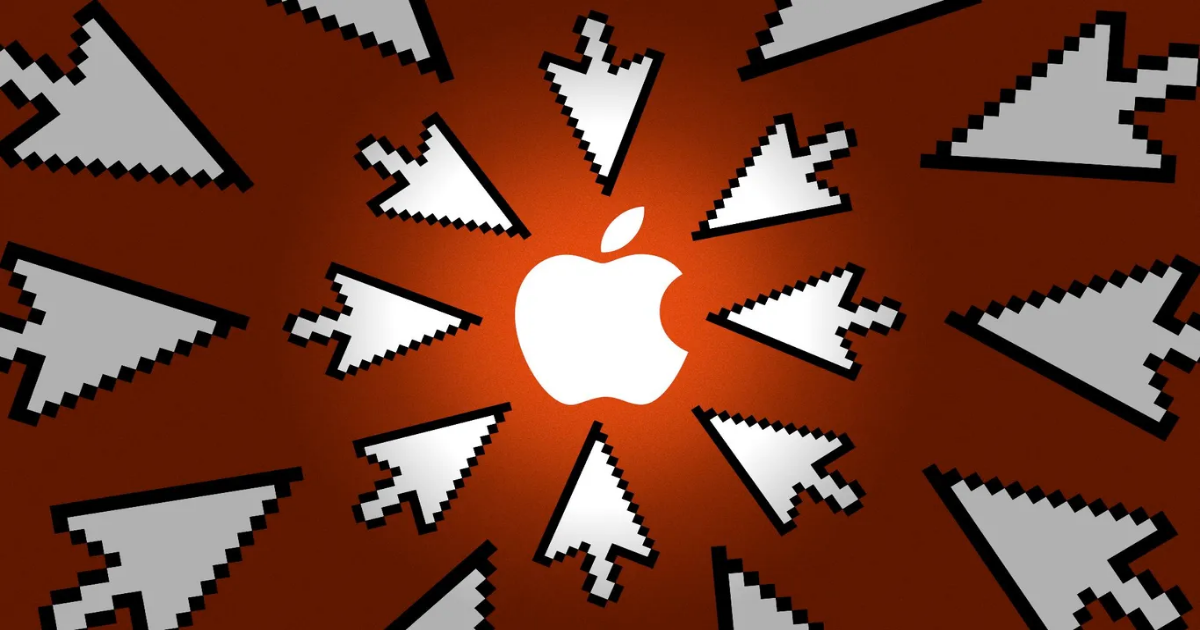
Apple’s leaders, customers and fans are all holding their breath to see whether Trump’s gigantic new tariffs will hamstring the iPhone maker.
Why it matters: Steve Jobs and Tim Cook built the most successful and arguably most beloved U.S. company for the last 25 years on a foundation of open trade, particularly with China.
- Trump has now set about torching the whole arrangement.
Driving the news: Apple’s stock dropped 9.3% Thursday — its worst single day since the coronavirus plummet of March 2020.
- The loss was also the worst suffered by any of tech’s “Magnificent 7” stocks, on a day filled with routs.
Flashback: When Steve Jobs returned to Apple in 1997 he began transforming the computer maker from a largely “made in America” shop into one whose products (like, eventually, the iPod and iPhone) were “designed by Apple in California, assembled in China.”
- In the heyday of globalization, with China’s entry into the WTO, the argument was that the U.S. was retaining the high-end design and development work and outsourcing the lower-margin manufacturing process.
This worked beautifully for Apple, which rode the formula to become the world’s most valuable company for the first time in 2011, and where it’s mostly remained ever since.
- The Apple model also became the template for how most U.S. tech firms get their hardware built.
- But the Apple-China alliance drew criticism over treatment of Chinese workers by Apple’s manufacturing partner, Foxconn, and charges that Apple, like other corporations that offshored production, had abandoned American workers.
The other side: “9,000 miles away, our way of life is being built, and Donald Trump is saying, ‘Come on, that’s got to be here,'” Commerce Secretary Howard Lutnick said Thursday on CNBC.
- “We all hold our iPhones, which we love — why do they have to be made in Taiwan and China? Why can’t those be made with robotics in America? And you know what Donald Trump has said? They’re going to be made in America.”
Yes, but: Apple experts and analysts say the sheer scale of Apple’s manufacturing needs rule out moving all of the company’s production back to the U.S.
- “Apple has already announced a $500 billion investment in the US along with Trump in February…the reality is it would take 3 years and $30 billion dollars in our estimation to move even 10% of its supply chain from Asia to the U.S. with major disruption in the process,” analyst Dan Ives wrote Thursday.
Making iPhones in the U.S. could prohibitively raise their cost, too.
- “For US consumers the reality of a $1000 iPhone being one of the best made consumer products on the planet would disappear,” per Ives, who suggests making iPhones in “New Jersey or Texas or another state” would boost their price tag to $3500.
Between the lines: Apple began to diversify its manufacturing base beyond China in the late 2010s, expanding its operations in Vietnam and India and dipping its toes back in the U.S.
- It was motivated by the turmoil of Trump’s first White House term, geopolitical instability stemming from China’s uneasy relations with Taiwan, and later the disruptions of the COVID-19 pandemic era.
- But most of those moves won’t help with Trump’s tariff plan, which levies heavy new fees on imports from Vietnam, India and many other countries.
- Meanwhile, microprocessor chips have been one of the few key tech components that are still manufactured in the U.S. The bipartisan CHIPS Act of 2022 funneled $280 billion toward bolstering the industry — but the Trump administration’s DOGE cuts have taken aim at employees implementing CHIPS Act programs.
What’s next: When tariffs on China threatened to harm Apple’s products during the first Trump administration, Cook went to Trump and successfully argued for an exemption.
- No one yet knows what the likelihood of that sort of deal is today. But Trump’s across-the-board tariff schedule and high rates suggest a harder line this time around.
